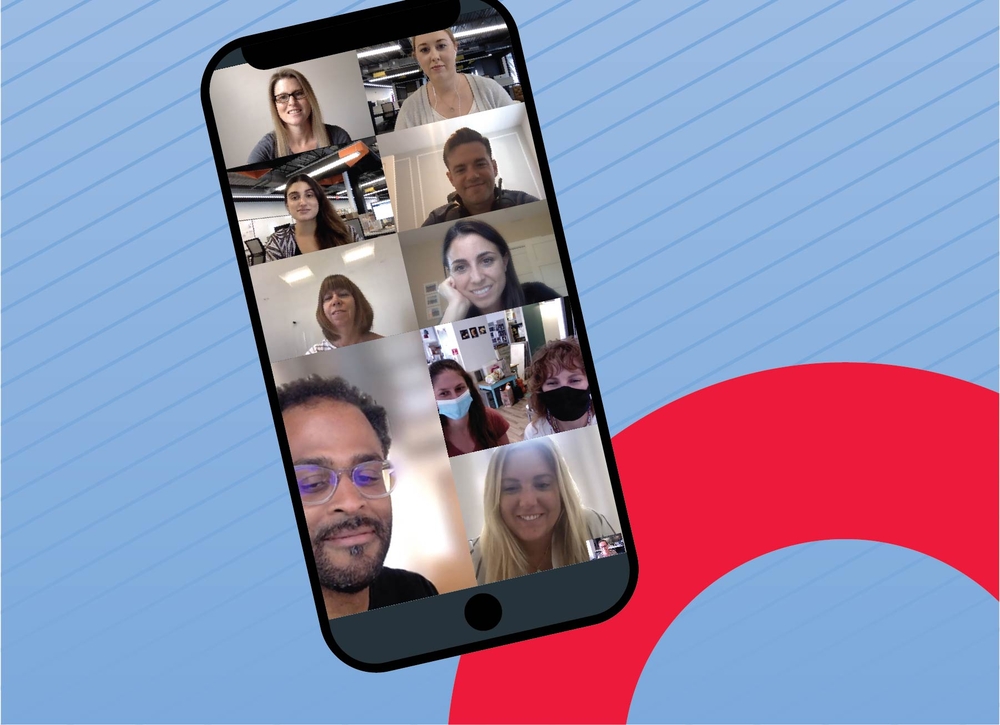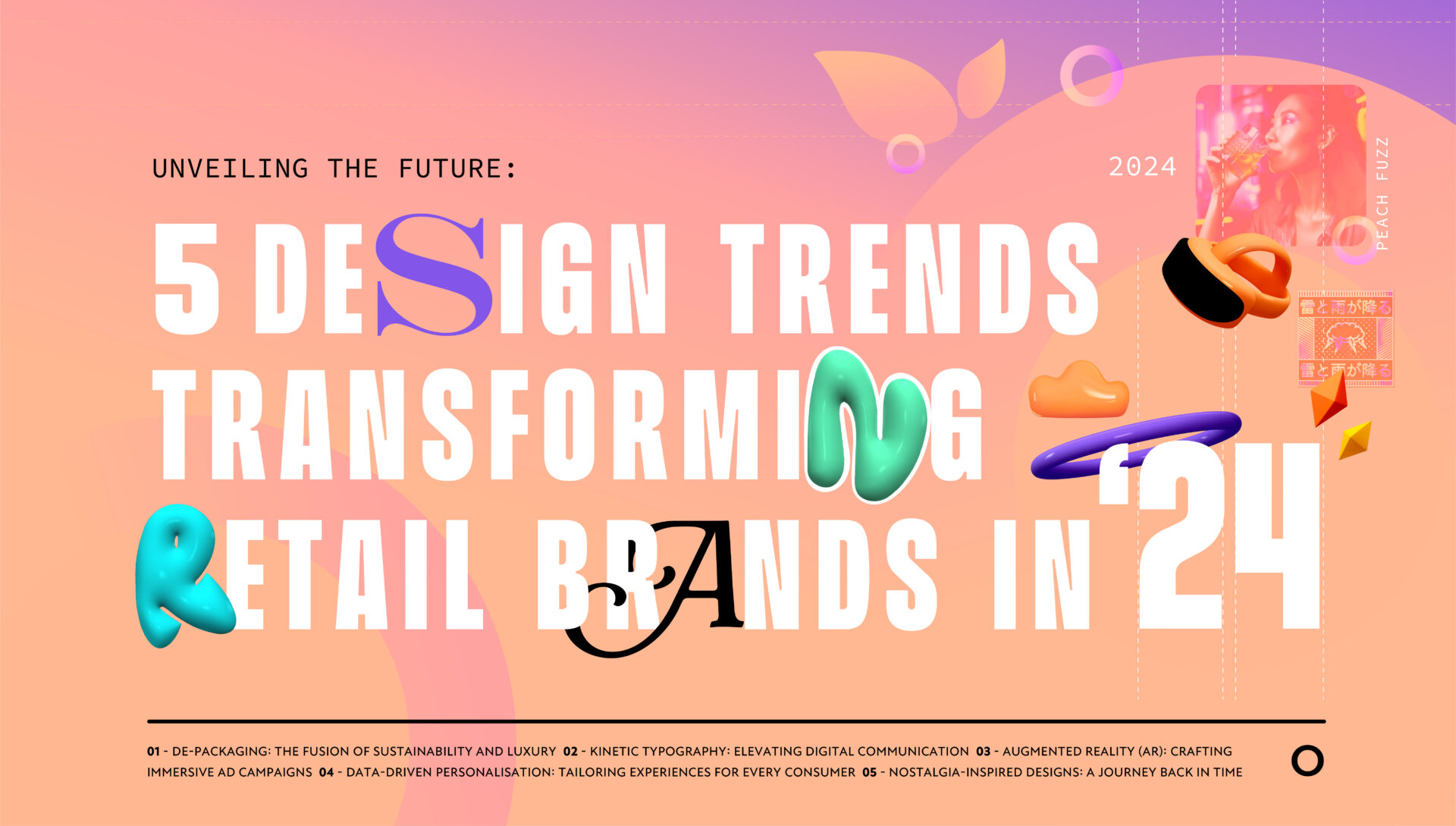COLLABORATING IN THE TIME OF CORONAVIRUS: EQUATOR’S CHANGES FOR THE BETTER
Running a business during a pandemic is a task fraught with challenges – no matter the size of your business or longevity.
We’ve all had to make adjustments to where, when and how we get work done. And Equator is no exception. The changes we’ve made have been significant – from our use of technology to team organization to our communication.
Like many other businesses, we’re now at a crossroads. There’s a little bit of light at the pandemic tunnel, and this requires us to examine the adjustments we’ve made, determining how the changes we’ve put in place have affected our business overall, and asking which of these changes should be carried into our “next normal” or left in our pandemic past.
Here are just three ways Equator has changed…
1 – We’ve refined our global workflow
Creative collaboration is the lifeblood of our business. Effective design teams collaborate on a daily, if not hourly, basis, discussing briefs, talking over consumer trends and behaviors, meeting to chat about strategy, canvassing customer opinions, coming together over design concepts… the list goes on and on.
Figuring out how to continue to collaborate at this level, and to do so without any loss in productivity or creativity due to remote working, was a key priority from day one. This would enable us to deliver the same “under one roof” proposition, even when a majority of our staff was working safely at home.
Rather than slowing down the flow of work within and between our studios, we have sought to accelerate and augment it, for an efficient, globally collaborative workflow.
A positive take-away from the pandemic has been the way we’ve been forced to examine the flow of projects between departments and between our global studios, ultimately leading us to a better understanding of how to maximise speed and use our talent most effectively.
In the process we’ve gleaned insights which have allowed us to streamline our workflow – for example working across time zones so that certain parts of a project are completed early on in the UK or in Australia, before passing the project to US teams (who are just pouring their morning brews) to carry on with the next phase.
Whether it’s planning around time zones, studio specialisms or individual design leadership, we’ve engaged in a close examination of the factors that lead to optimal outcomes so that we can deliver simply the best creative around with the fastest turnaround times – every project, every time.
And by constantly interrogating and improving our processes, Equator works harmoniously as one global entity – no matter whether our teams are back working in the studio or based at home for a bit longer.
2 – We’ve added more tech.
Throughout the lockdowns, and as we plan a full but phased return to working in-studio, we’ve taken an even more robust approach to technology. First, we installed more digital interactive whiteboards within our Equator studios – so that they are present in more of our open plan office spaces and conference rooms.
These whiteboards act as creativity hubs, helping us to share ideas and communicate smoothly on everything from concepts and themes to color and print constraints. Because we collaborate constantly, the digital whiteboard is an ideal tool helping us to record all of our points and discussions automatically.
The boards likewise help us to pass on messages without losing any of the nuance or detail we need, so that we can achieve a seamless transition of creative ideas into production on every project.
Additionally, we’ve distributed many more tablets to our designers so that they can instantly share sketches, illustrations and packfront concepts, saving them the time it would normally take to print, scan and pdf.
Because we’ve switched seamlessly from in-person meetings to video conferencing and a remote client approvals process, it means that teams can move swiftly from one step in the design process to the next. Of course, technology will never replace collaboration in creativity, it simply allows us to communicate more easily.
3 – We’re doing more training and keeping an “open door” policy
If there’s one aspect of business the pandemic has highlighted is the need for ongoing communication. That’s why our teams have introduced more training and an “open door” policy, so that onsite leadership responsible for enacting pandemic preparedness and response plans have the tools in place to lead their studios forward.
Experts in workplace behavior have noted that employers should expect a wide variety of reactions from employees as they contemplate a full return to in-office work – with even long-time employees potentially feeling high levels of nervousness and anxiety.
However, experts also note that learning new skills and embedding a strong company culture are made significantly easier by time spent in person amongst fellow team members. To balance these factors, our management teams are committed to making sure every employee has the information they need, and that their questions are answered quickly by management.
At the moment, we’re taking a phased approach to getting our team back in to the studio, and working hard to ensure a safe and comfortable transition to the next normal.
We’re looking forward to the day when our studios return to the bustling centres of design and creativity they’ve been for more than 22 years. But we’re also carrying the insights we’ve discovered over the last 18 months, because these have made us a more agile, responsive and communicative business overall.
Together with our customers, partners and wider stakeholders, we’re looking forward to stepping in to the next normal as One Equator – better and stronger for the challenges we’ve faced.















